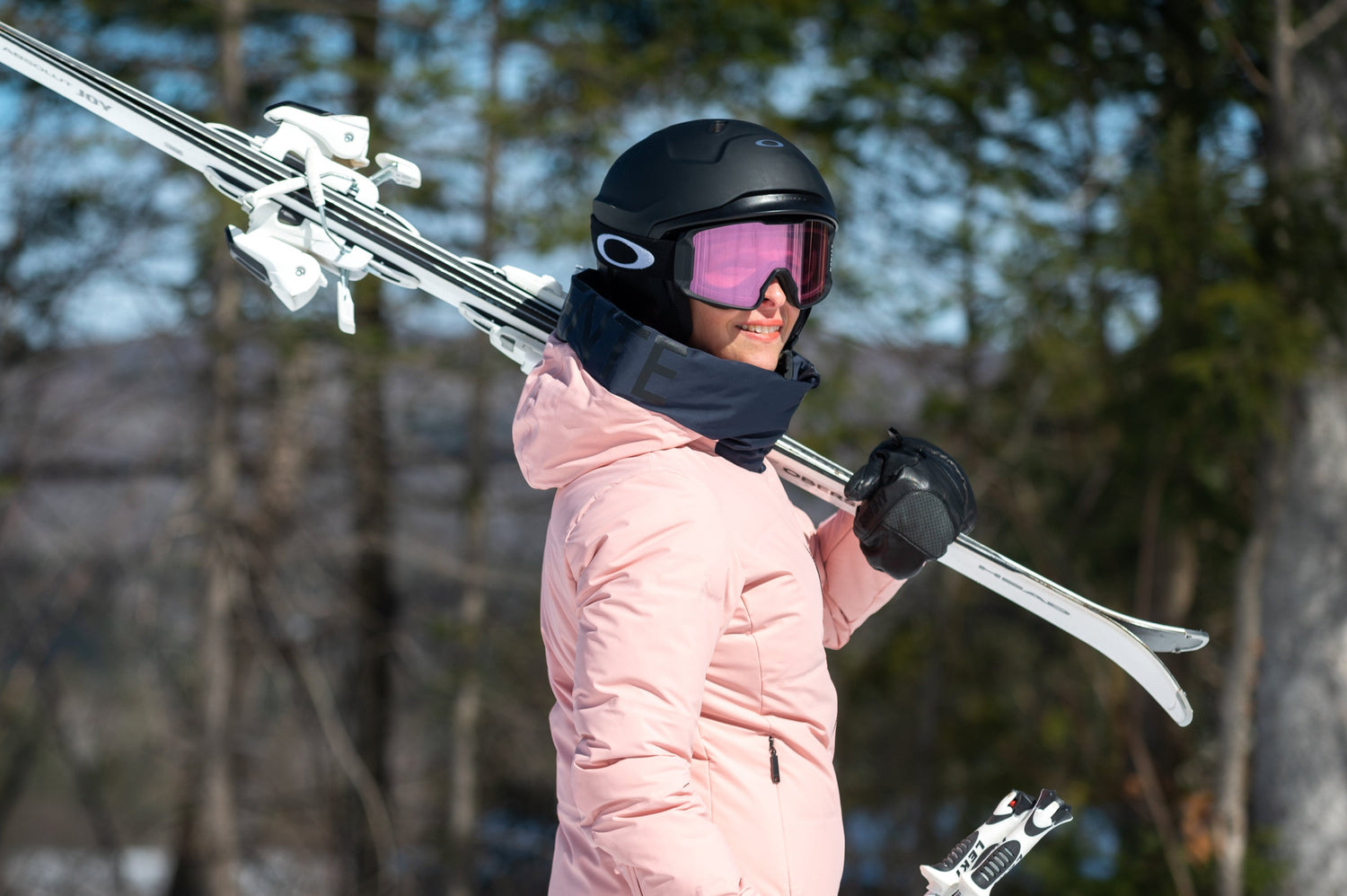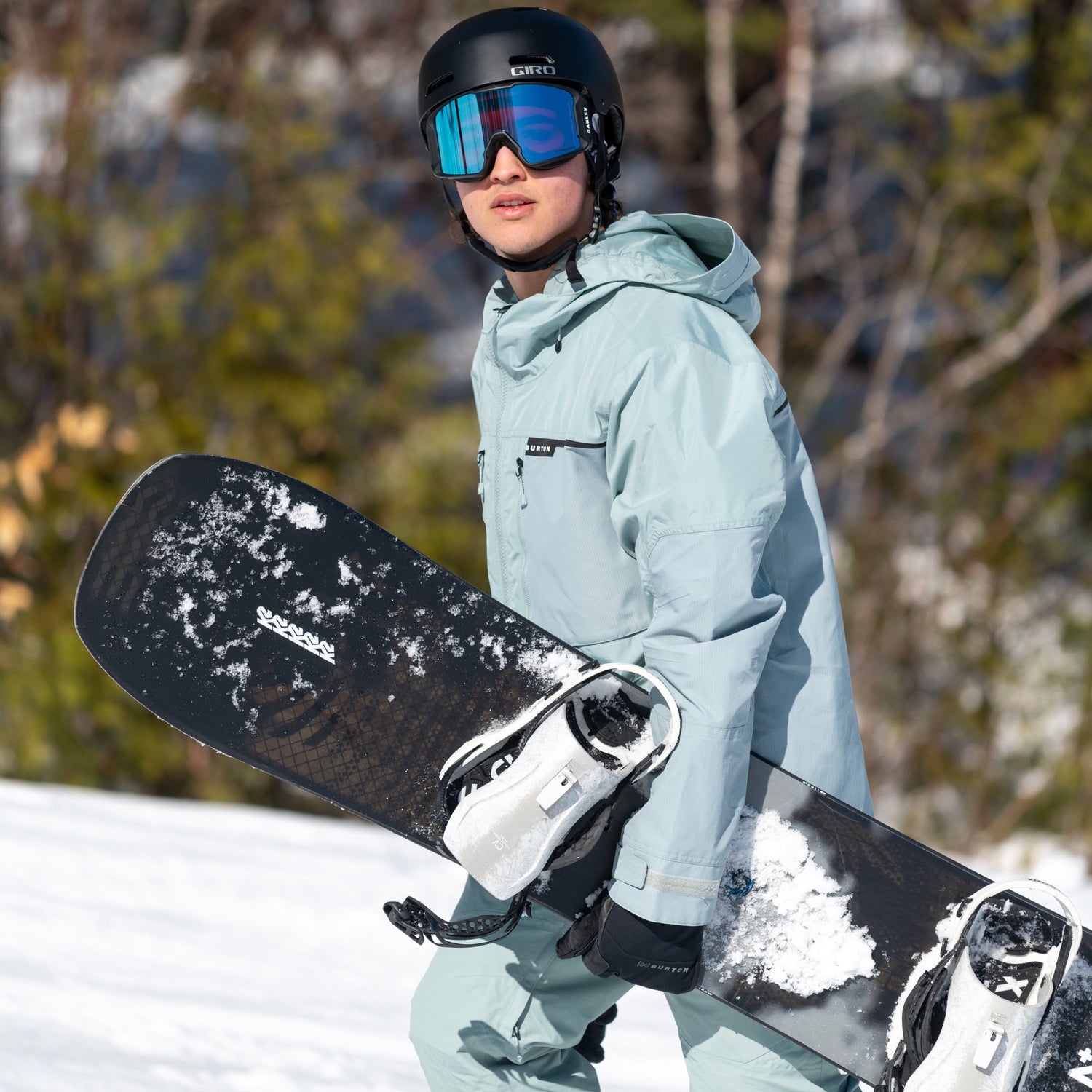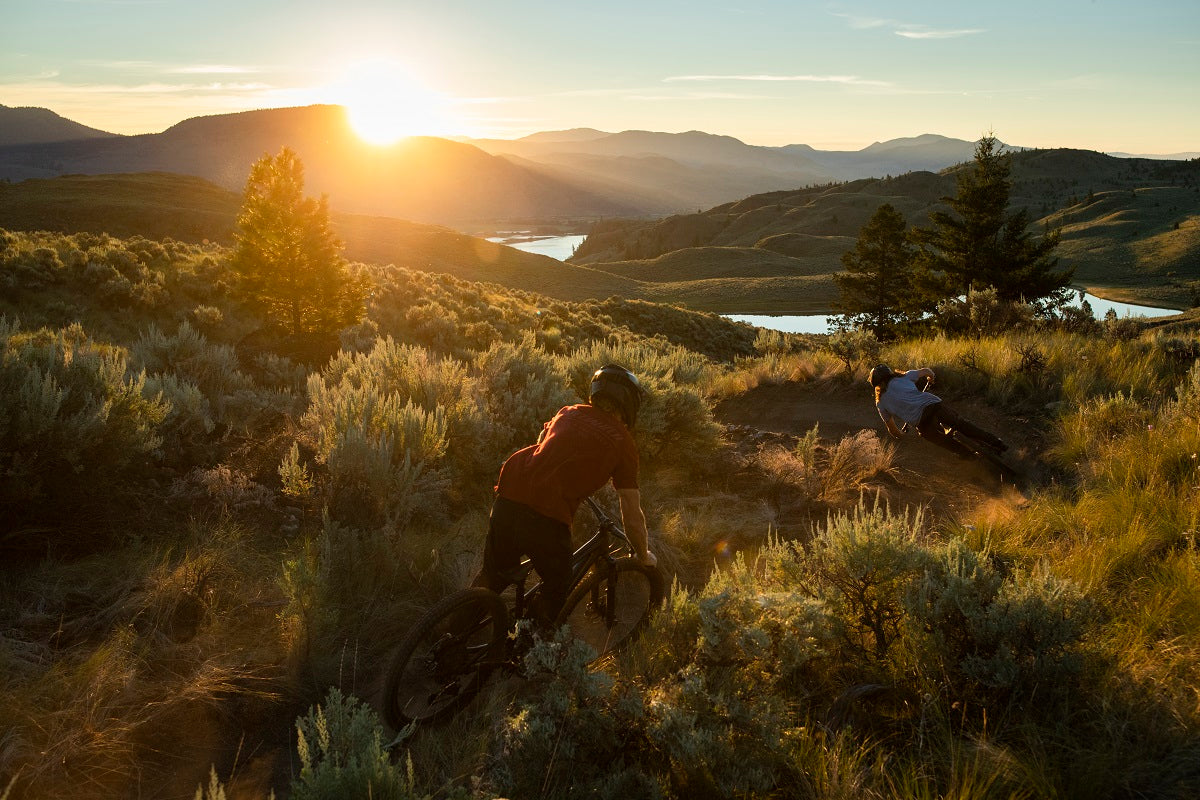Mountain biking is no longer just a sport for experts and daredevils. It has become a full-fledged culture, a way of life, and an art of speeding through the trees, roots, and rocks with just enough control to savour a unique blend of fear and euphoria. But behind the tight turns, steep downhills, and calf-burning climbs lies a reality we too often forget: when things go wrong, you may have to deal with the situation on your own.
Whether you’re riding in the Vallée Bras-du-Nord, Gaspésie, the Laurentians, or elsewhere in Quebec, nature doesn’t compromise, and your first aid kit shouldn’t either.
In mountain biking, remote locations aren’t the exception—they’re the rule. You ride loop trails that sometimes extend many kilometres from the trailhead with no road access and often no cell signal. Even a marked trail at a well-known centre can lead into remote areas or include technical sections.

The environment ranges from damp woods to exposed rocky ridges and factors that intensify risks, such as quickly changing weather, oppressive heat, or rapid cooling after exertion. When an accident happens, help can take a long time to arrive, if it’s able to reach you at all.
Studies on mountain biking injuries reveal clear trends. Here are some of the most common:
- Collarbone, wrist, or shoulder fractures, typically caused by falling sideways or going OTB (“over the bars”)
- Shoulder or finger dislocations, common from botched landings or turns
- Head injuries: though a helmet reduces the risk of serious injury, it doesn’t make you invincible
- Ankle or knee sprains, sometimes combined with deep cuts from pedals or branches
- Scrapes, lacerations, bleeding, often minor, though they should be monitored for signs of contamination
- Metabolic issues, such as dehydration and heat stroke during long climbs
Data published in Wilderness & Environmental Medicine confirm that nearly 65% of mountain biking injuries occur during descents and that most of these could be addressed with simple first aid—if you know how and have the right gear.

You don’t head out on a ride with a 40-litre backpack. Think light, but effective. Here’s what you should have in your first aid kit:
- Nitrile gloves, small scissors
- Multipurpose elastic bands
- Compression bandage and adhesive bandages
- Various bandages and butterfly bandages (Steri-Strips®)
- Quick source of sugar (energy gel, glucose tablets)
- Reusable bag (Ziploc®) for biomedical waste
- Medical tape (such as Leukotape®)
- Emergency blanket
- Elastic pressure wrap (such as SWAT-T® or Slishman Pressure Wrap®)
- Padded splint (SAM® Splint)
Here’s a pro tip: every item should have multiple uses. The tape can be used to secure a bandage, make an improvised splint, or repair equipment. For more challenging expeditions, cyclists can split the first aid equipment between them.

Without cell service, even a simple crash with an injury can quickly turn into a real logistical headache. That’s why you should stick to these three basic safety principles:
- Always inform someone of your route and expected return time.
- Have an emergency communication device on you, such as a satellite beacon or a GPS (e.g., InReach®). (Note: the latest iPhone models now have an emergency satellite calling feature.)
- Know how to assess the situation and make the right decision: is it better to wait for help or try to get back on your own?
The key is to avoid aggravating the injury: a stable injured person is better than one who becomes exhausted or hypothermic from trying to walk out.

It’s often said that in wilderness medicine, 80% of incidents are avoidable if you’ve mastered 20% of the key safety habits. Here’s a list:
- Properly adjusted helmet that fits well, full-finger gloves, and elbow and knee pads.
- Familiarity with the trail
- Hydrating before and during the ride
- Listening to your body: dizziness, nausea, and weakness are warning signs.
- Never ride alone, or if you do, never without a backup plan.
Mountain biking is a team sport, even when you ride solo. By training in wilderness first aid, you become a key safety resource in your community.

A basic or advanced wilderness first aid course or a mountain bike–focused first aid workshop can make the difference between a minor accident and a preventable disaster.
Mountain biking is a way to experience a unique kind of freedom. But that freedom comes at a price: self-reliance, preparation, and good judgment. A crash should never be the start of a nightmare. With a little foresight, a few smart habits, and a thoughtfully prepared first aid kit, you can hit the trails with confidence, knowing you’ll be ready if things go sideways.



